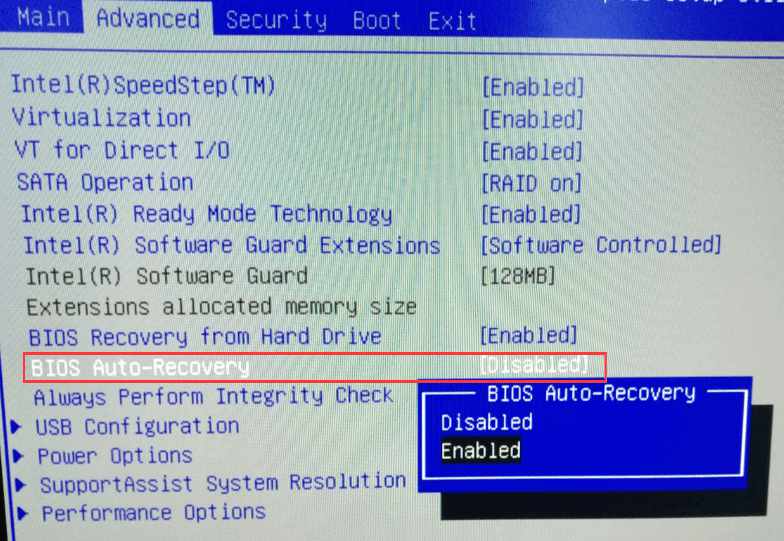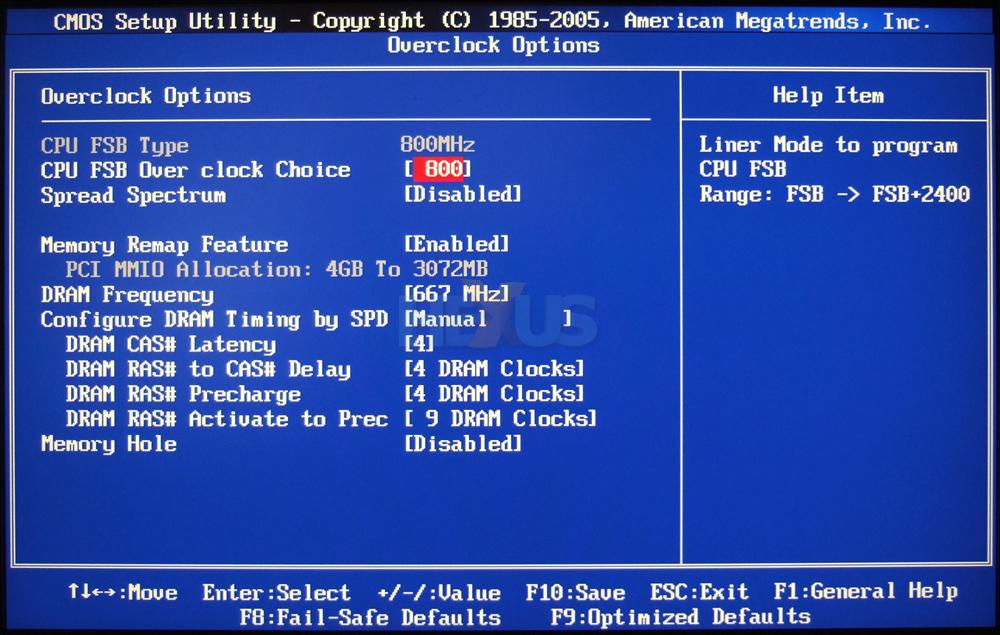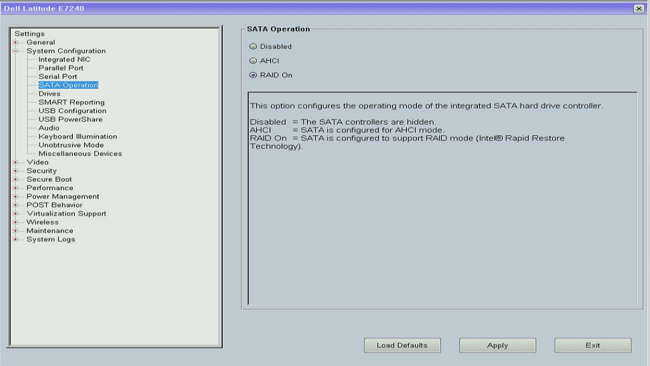

Acceptable values for this parameter are (BuiltInSafeDefaults, LastKnownGood, Factory, UserConf1, UserConf2)
#Dell bios defaults vs factory settings password
When a password is set, these arguments are set to 1,$Bytes.Length,$Bytes. The type of text is 0 (None), the length of the byte array is 0, and the byte array itself is 0. When no password is set, these arguments are set to 0,0,0.

The byte array containing the encoded password.$Encoder = New-Object 8EncodingĮach of the methods used to modify BIOS settings starts with 3 arguments. When a BIOS password is set, it must first be encoded before it can be passed to a method. The above information contains examples for modifying the BIOS with and without an existing BIOS password. For more information about this class, see this post Dell BIOS Password Management – WMI. In this script this method is used to test the existing BIOS password. This class contains a method called SetNewPassword. It is located in the root\dcim\sysman\wmisecurity namespace. The seventh WMI class is SecurityInterface. $BootOrderInterface.Set(1,$Bytes.Length,$Bytes,"UEFI",$NewBootOrder.Count,$NewBootOrder) #Set the UEFI boot order (BIOS password is set) $BootOrderInterface.Set(0,0,0,"UEFI",$NewBootOrder.Count,$NewBootOrder) #Set the UEFI boot order (BIOS password is not set) $NewBootOrder = "Windows Boot Manager","Onboard NIC(IPV4)","Onboard NIC(IPV6)" $BootOrderInterface = Get-WmiObject -Namespace root\dcim\sysman\biosattributes -Class BootOrderInterface #Connect to the BootOrderInterface WMI class This list includes the majority of the configurable BIOS settings. This class is used to return a list of all BIOS settings with a set of predefined values. It is located in the root\dcim\sysman\biosattributes namespace. The first WMI class is EnumerationAttribute. This script uses 7 of the Dell provided WMI classes.

This means that we can use PowerShell to directly view and edit BIOS settings without the need for a vendor specific program. The script can be downloaded from my GitHub: Dell, WMI, and PowerShellĭell provides a WMI interface that can be used for querying and modifying BIOS settings on their hardware models (only applies to models released after calendar year 2018).

Because of this, older Dell hardware will still require the use of the DellBIOSProvider PowerShell module. One caveat for this new method is the WMI classes are only supported on Dell hardware released to market after calendar year 2018. This allowed me to create a new version of the Dell BIOS Settings Management script that does not require any additional content to function. Thankfully, Dell recently released a technical whitepaper documenting WMI classes that can be used to directly modify BIOS settings without needing an outside program or PowerShell module. This method works, but I was not completely satisfied with it, as the PowerShell module needs to be downloaded and installed on every system the script runs on. The method described in that post uses the DellBIOSProvider PowerShell module.
#Dell bios defaults vs factory settings how to
Earlier this year, I wrote about how to manage Dell BIOS settings using PowerShell.


 0 kommentar(er)
0 kommentar(er)
